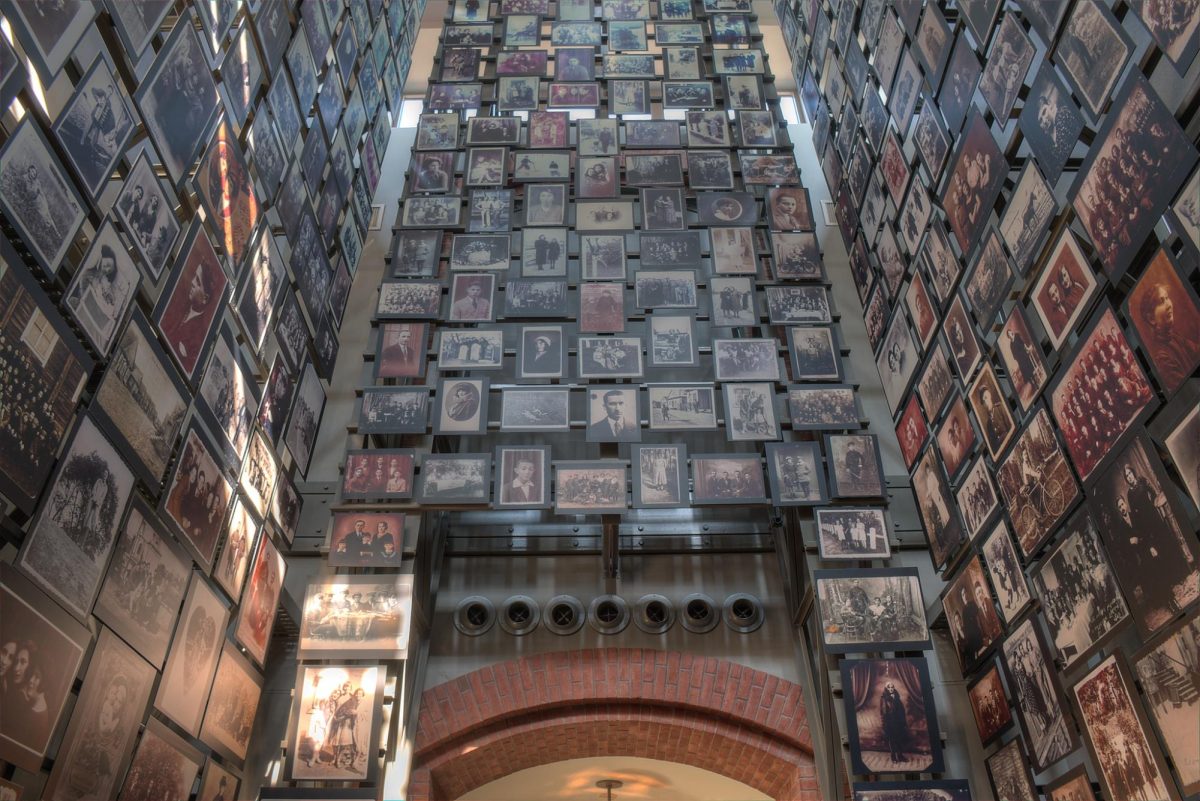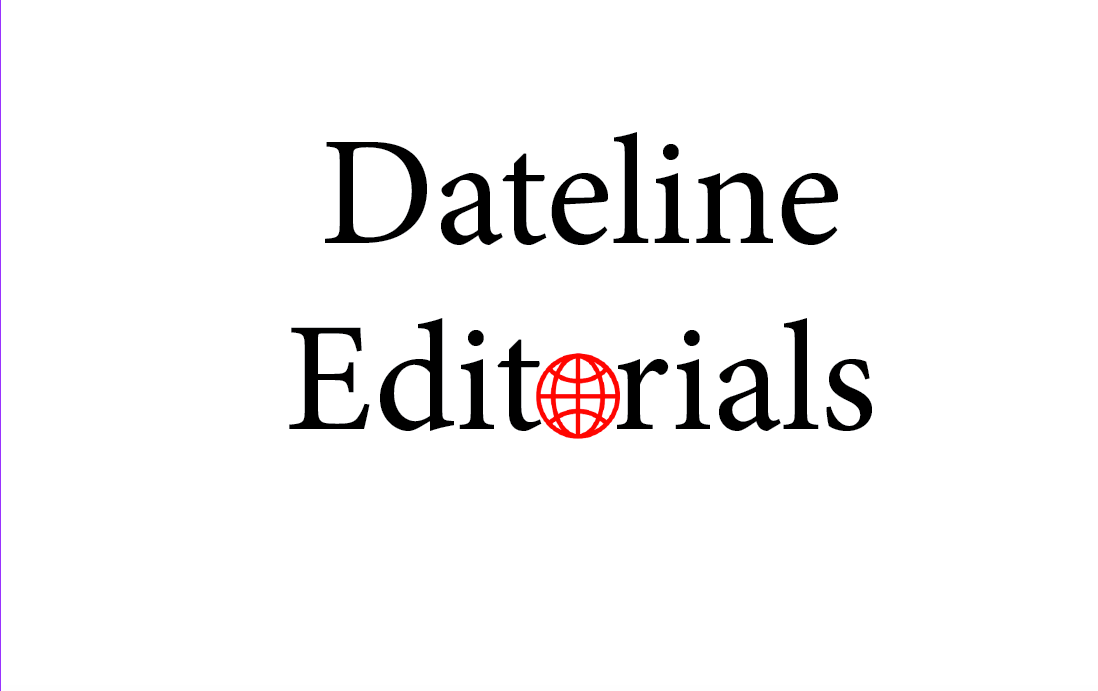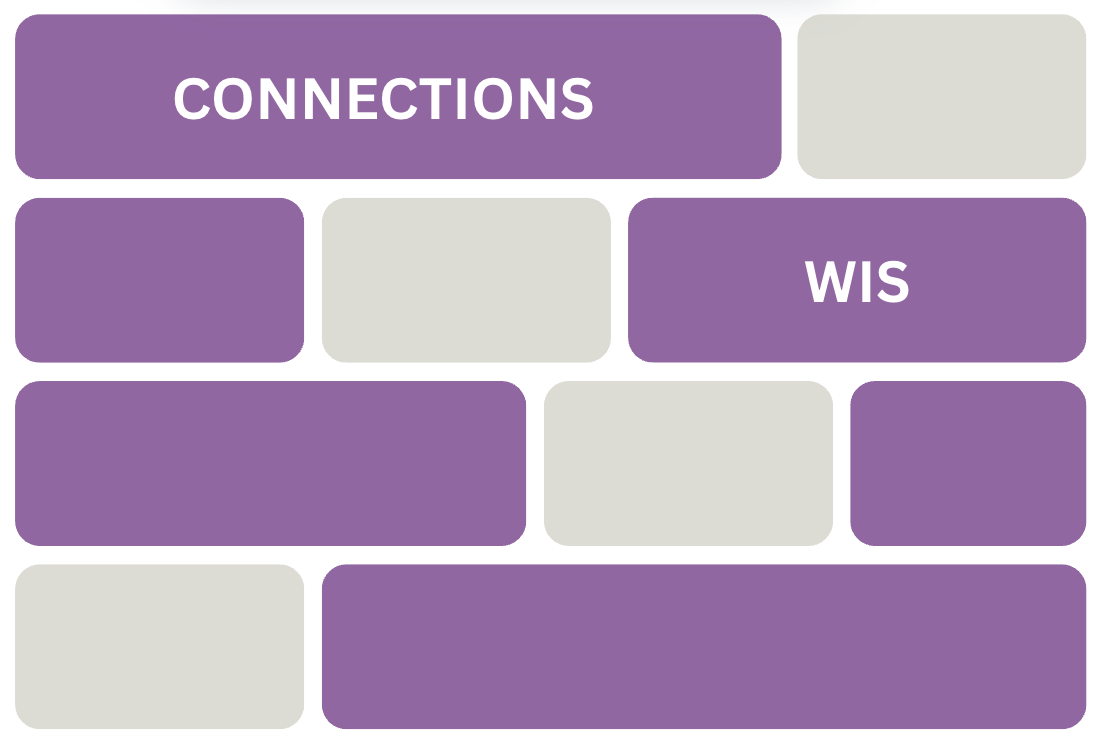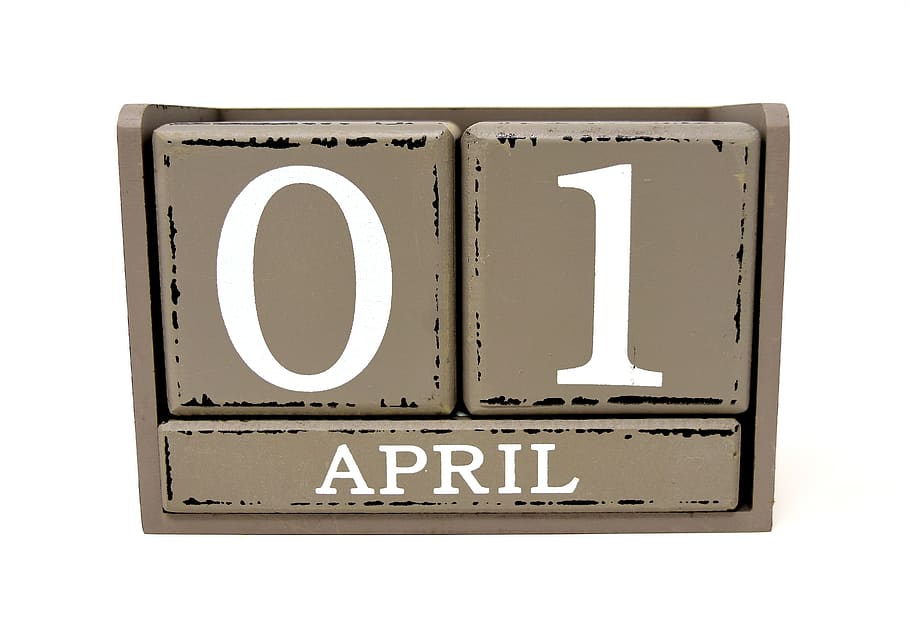On July 14, 2015, the United States, along with France, China, Russia Great Britain, Germany, and the EU came to terms on a nuclear deal with Iran. The purpose of the deal is to essentially limit Iran’s capabilities to build a nuclear weapon in exchange for more comprehensive trade ability. Since the hostage crisis in 1979, Iran has been partially crippled by a U.S. embargo, and by other economic sanctions in place since 2006.
Although the deal has been extremely controversial, President Obama seems to have found just enough votes to uphold the veto that is sure to follow congress’ block of the deal. However, on September 9th, Republican Presidential candidates Donald Trump and Ted Cruz, accompanied by former GOP Vice Presidential nominee Sarah Palin, led a rally for the Tea Party Patriots organization in Washington, DC to criticize the deal. The agreement with Iran has become a central discussion in American politics recently. But what, exactly does the deal stipulate?
What is the problem?
Since at least 2002, Iran has been suspected of constructing facilities geared toward building nuclear weapons. Although Iran claimed that the nuclear plant was only for energy and other peaceful uses, they refused to have them inspected. In 2006 the United Nations punished Iran with harsh diplomatic and economic sanctions, hampering Iran’s economy. The sanctions, which started as a result of Iran’s 1979 revolution, have increased over the past decade. According to the BBC, the effects on Iran have been crushing, especially in the oil industry where “Iran’s oil exports had fallen to 700,000 barrels per day (bpd) by May 2013, compared with an average 2.2 million bpd in 2011” and has “suffered a loss of about $26 billion in oil revenue in 2012 from a total of $95 billion in 2011”. Because of such a heavy reliance on resource production, Iran’s economy tanked in 2012, like many of the world’s economies, with a huge recession in 2012 and 2013 in which the economy lost 10% in 2012 and 5% in 2013 (Source: Trading Economics). To top this all off, the sanctions have left $150 billion in assets worldwide frozen, unavailable for the Iranian government or businesses to use (For the record, $150 billion is worth a lot to an economy worth only $415 billion, considering that’s over 35%).
What is the proposed solution?
Iran will have to limit its ability to make nuclear weapons by decreasing its number of centrifuges. A centrifuge is essentially a device which transforms natural uranium into Uranium-235 by spinning it at hundreds of thousands of revolutions per minute to extract all impurities, or the Uranium needed to build a nuclear bomb, since only U-235 is considered fissile. Therefore, Iran will have to give up 13,000 of their 19,000 centrifuges (and they will only keep the least advanced ones). Also, the enrichment level of uranium will drop from 90% to 3.7%, and the nuclear stockpile they have will drop from 10,000kg to 300kg over the next 15 years. They will have to ship out any currently enriched uranium and cannot build new reactors for 15 years.
Iran will also have to submit to regular inspections and monitoring of their nuclear facilities to ensure that they are not breaking the accord. Inspections will be conducted by the The International Atomic Energy Agency (IAEA), the agency which conducted inspections following the Pripyat/Chernobyl and Fukushima disasters.
From Iran’s point of view, the shrinking of their nuclear facilities and the money they wasted on previous projects do pose an economic hurdle. However to compensate, Iran will benefit from the removal of many economic sanctions. Although not immediate, the removal of sanctions should come online in 2016 provided that Iran follows the parameters of the deal. Any country has the ability to pass the sanctions back to the UN if they believe Iran to be breaking the accord. Foreign corporations will be able to conduct trade- which is the primary interest in this deal for France, the UK and Germany- with Iran, as will American companies based outside the US (The US maintains an embargo). Many European countries will soon send representatives to the country in search of possible business opportunities Also, Iran will have sanctions on their banks lifted, permitting over 150 billion dollars stuck in banks around the world to be released.
What have been the reactions (and why)?
Worldwide, the deal has mostly been seen positively. Despite many claiming it as imperfect, it is unlikely that Iran would have agreed to all the demands made, and some believe that any deal is better than no deal. It postpones any discussion of Iran’s military-nuclear capabilities for at least 15 years. However, there has been some vehement opposition from the deal, notably from the American Republican Party and Israeli Prime Minister Benjamin Netanyahu. One perceived problem with the deal is the inability to trust the inspections, as the inspectors must find all the prior facilities and keep a close eye on the new ones. Netanyahu also believes that this deal will in reality facilitate Iran’s ability to have a bomb as opposed to restricting it. Some opponents do not believe that this deal has enough effect over Iran in the long run.
The deal undoubtedly leaves the country economically more versatile, but opponents fear where the money will find itself now that it is in the hands of an extremist leader. Iran’s last president, Mahmoud Ahmadinejad, claimed that with a bomb he would be willing to destroy Israel even if Israel retaliated, and although Ahmadinejad is no longer president, the new President Rouhani still reports to Supreme Leader, Shiite Islamic cleric Ali Khamenei, who has been in power since Ruhollah Khomeini died in 1989.
Of course, please keep in mind that this 90-page, multilateral deal is far more complicated, and that this is simply a brief summary of the major, debated aspects.
By Blaise Malley


































































